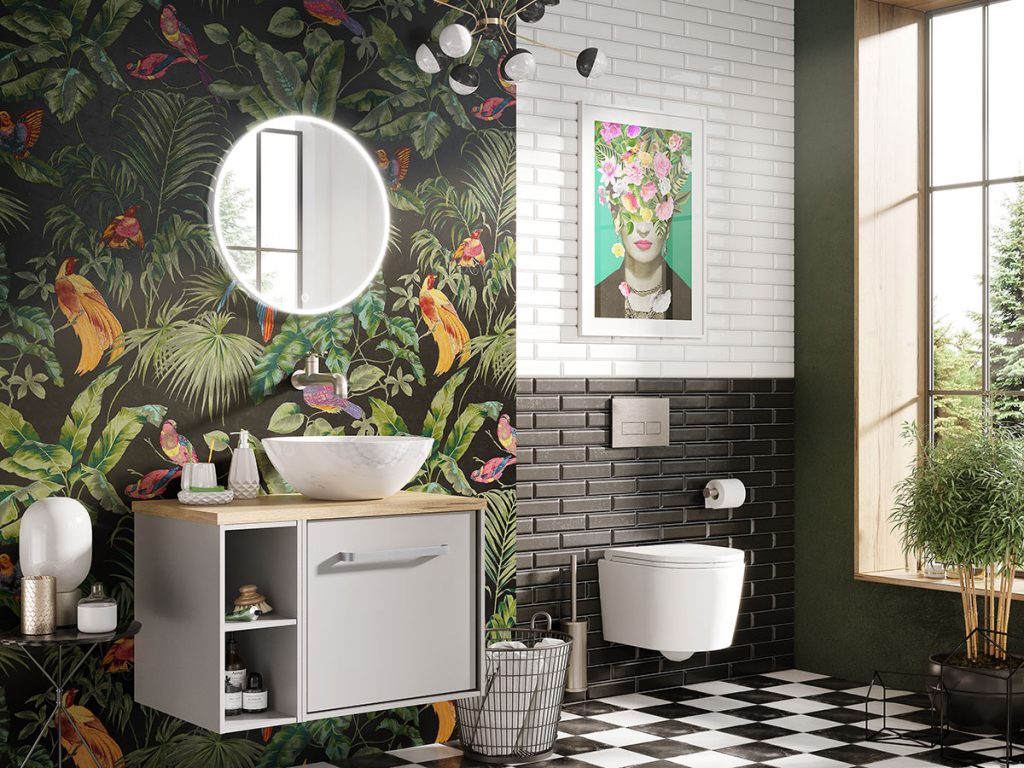Bathroom advice from the best in the business

What are the challenges with a compact space?
“We always advise to plan the layout first and look at different options. One of the biggest challenges is making sure waste pipes are in the correct places in order to accommodate the floorplan. Consider concealed taps, where the plumbing goes behind the walls, as well as concealed cisterns and back-to-wall lavatory pans. Storage is also a big concern, so cleverly designed built-in units will greatly help.”
Rita Rendo-Castro, Catchpole & Rye
Trends in toilets and flushing tech?
“The biggest innovations are rimless pans. Laufen mostly leads the way with wall-hung variants that have taken away rim holes and made a more efficient flushing exit from the rear of the pans. Other manufactures have come on board and there are many that feature the technology, such as back-to-wall, close-coupled and shower designs.
Showering WCs have been very successful and many producers are honing functions to customer needs, from basic shower-only options, which still give control over water temperature and intensity, to the full works, which provide wash, dry and odour extraction. Flushing mechanisms are moving forward. Pneumatic flushes supply less water with increased force so are far more effective than traditional systems. Dual flush allows the user to select the volume of water, as well as touchless and soft-touch options.”
Yvonne Souness, North Berwick Bathroom Company
Can an attic space turn into a bathroom easily?
“The attic can sometimes be an interesting space to add an en-suite or extra bathroom. However, there are two key elements to consider: water pressure and head height. With attic rooms being the highest point in the house, the flow rate at this level will be different to the ground floor. The last thing anybody wants is to create a beautiful bathroom to find the water pressure is disappointing or even non-existent.
Most standard shower enclosures are approximately two metres in height. If you find the head room is below this then you might have to factor in bespoke glass options. These can, depending on the requirements, become costly, but when designed well can help maximise space and light, creating a real wow factor.”
Laura Thomas, Whytes of Monifieth
How do you do low-maintenance bathrooms?
“Busy lifestyles mean low maintenance is essential. Consider who’s using the room and how it’s being used; for example, are lay-down spaces needed for bottles and is storage essential for bath toys? Incorporate shelving under basins and for easy cleaning, horizontal areas finished with a solid surface such as Dekton, Silestone or CORIAN are practical. Large format tiles will reduce the amount of grout as well as shower enclosures with glass guards.”
Fiona Lowry, The Bathroom Company





